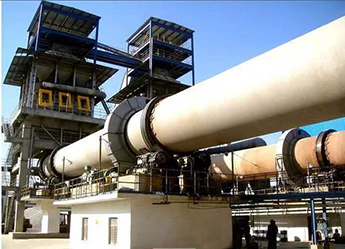Each type of dryer equipment has its specific scope of application, and for each material
you can find several types of dryer equipment that can meet the basic requirements,
but there can only be one that is most suitable for the material. Therefore,
when choosing dryer equipment, you must choose according to your actual situation.
If the customer chooses incorrectly, in addition to bearing unnecessary one-time high acquisition costs,
the customer will also have to pay a heavy price during the entire use period, such as Low power,
high energy consumption, high operating costs, poor product quality,
or even the equipment cannot operate normally at all, etc. The following
are the selection requirements introduced by industrial dryer manufacturers.
The ideal selection must be based on your own conditions.

1. Applicability ------- Drying equipment must first be suitable for specific materials
and meet the basic application requirements for material drying, including
being able to handle materials well (feeding, conveying, fluidizing, dispersion, heat transfer, discharge, etc.),
and can meet the basic requirements in terms of processing capacity, dehydration capacity, product quality, etc.
2. High drying efficiency---only in terms of drying speed, during convection drying,
the material is highly dispersed in the hot air, the critical moisture content is low,
and the drying speed is fast. Moreover, both convection drying has different drying methods.
The critical moisture content is also different, so the drying rate is also different.
3. Low energy consumption ------- Different drying methods have different energy consumption targets.
Generally, the thermal power of conductive drying can theoretically reach 100%,
while convection drying can only reach about 70%.
4. Saving investment-----Drying equipment that achieves the same function sometimes
has a very different cost, so you should choose the one with the lower cost.
5. Low operating costs - equipment depreciation, energy consumption, labor costs,
maintenance costs, spare parts costs... and other operating costs should be as low as possible.
6. Give priority to drying equipment with simple structure, sufficient supply of spare parts,
high reliability and long life.
7. Comply with environmental protection requirements, good working conditions and high safety.
8. Before selection, it is best to conduct a drying test of the material,
and have a deep understanding of the drying equipment (advantages and disadvantages)
used for similar materials, which is usually helpful for appropriate selection.






